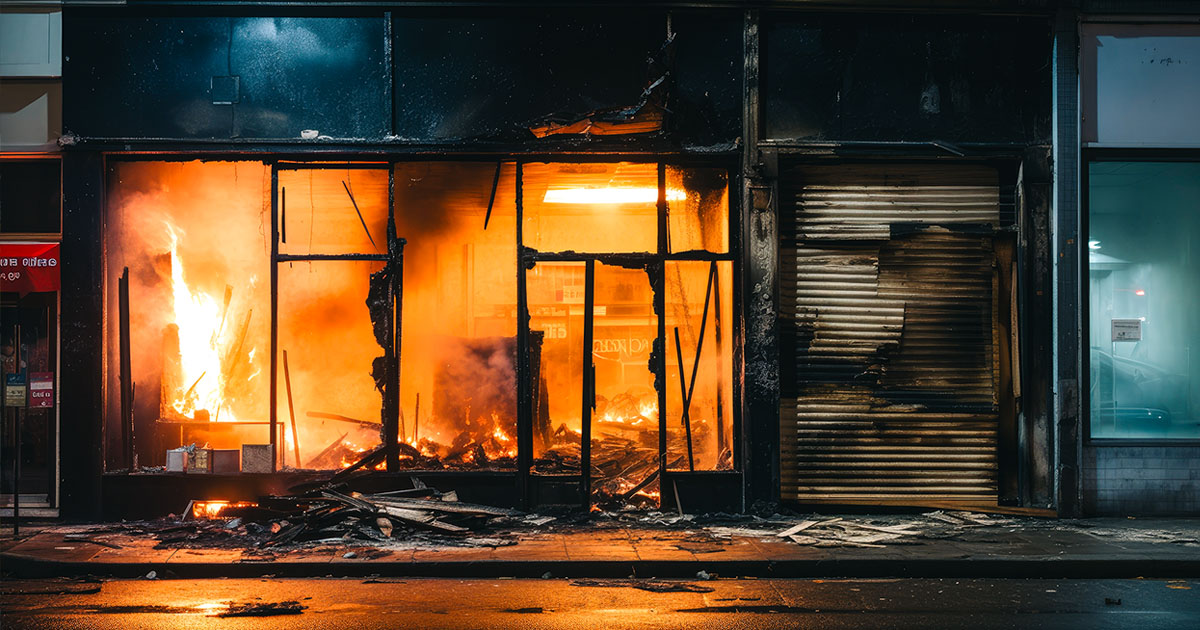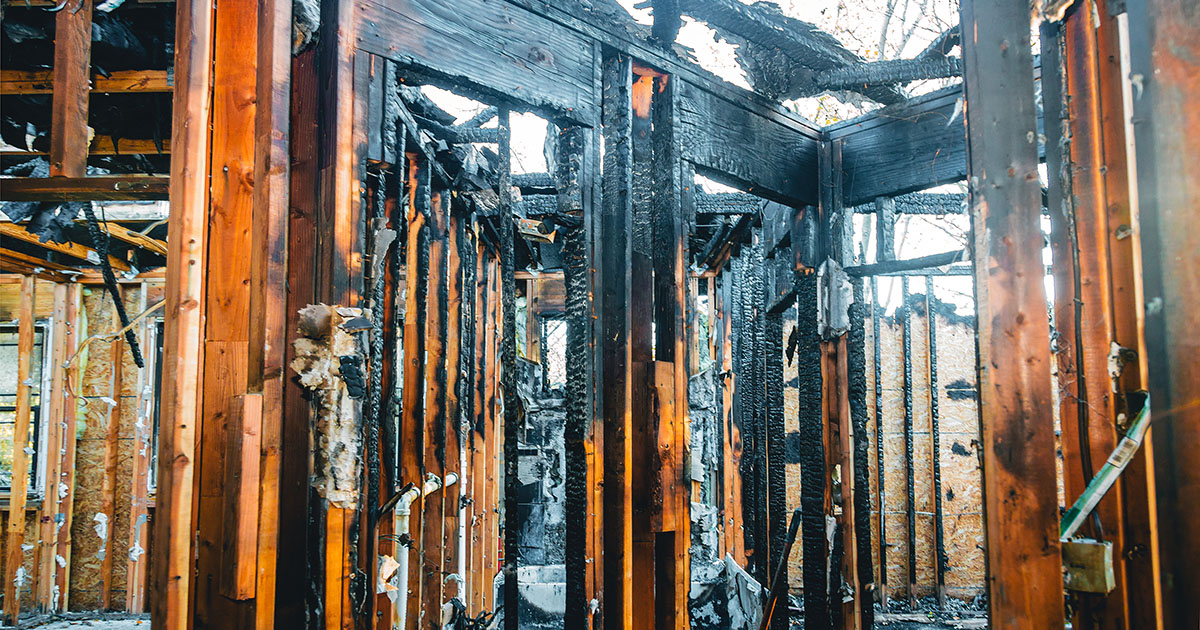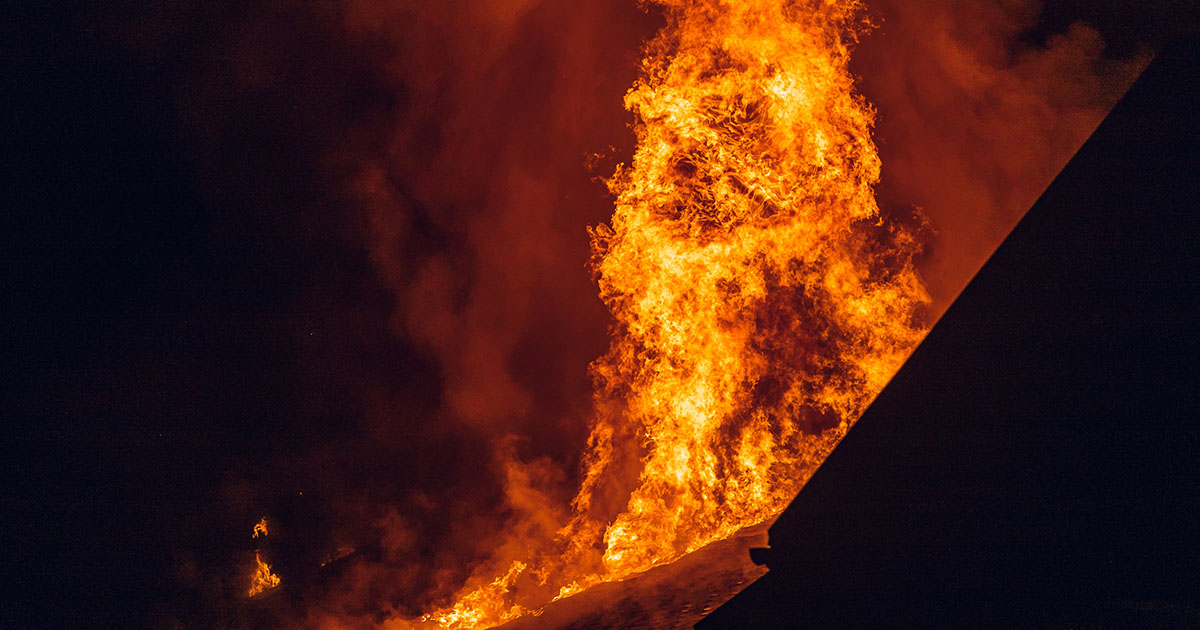Protecting Against Arson: A Guide to Preventing Fires in Domestic and Commercial Buildings
Arson poses a significant threat to both domestic and commercial buildings, with devastating consequences for property, lives, and communities. In the past year alone, there have been a concerning number of arson cases, emphasising the importance of taking proactive measures to prevent such incidents. In this blog post, we will explore the types of arson, delve into recent statistics, and discuss effective strategies for preventing arson in homes and businesses.

Understanding Arson
Arson is the intentional act of setting fire to property, whether for malicious intent, vandalism, revenge, or insurance fraud:
- Vandalism Arson: Perpetrators may set fire to property as a form of vandalism, causing destruction and chaos.
- Revenge Arson: Motivated by personal vendettas, revenge arson involves intentionally setting fire to someone's property as an act of retaliation.
- Insurance Fraud Arson: Individuals may resort to arson to fraudulently claim insurance money, resulting in severe consequences for the affected property and its occupants.

Preventing Arson in Domestic and Commercial Buildings
Recent statistics highlight the urgency of addressing the issue of arson. While the numbers can vary by region, authorities have reported a concerning increase in arson cases. This emphasises the need for heightened awareness and preventative measures:
- Install Adequate Lighting: Ensure that the surroundings of your property are well-lit, both inside and outside. Proper lighting can deter potential arsonists by reducing the anonymity of the area.
- Surveillance Systems: Implementing surveillance systems, including security cameras, can act as a powerful deterrent. Additionally, these systems provide valuable evidence in the event of an arson attempt.
- Secure Entrances and Exits: Limit access to your property by securing entrances and exits. Fencing, access control systems, and security personnel can help monitor and control who enters and exits the premises.
- Fire-resistant Materials: Consider using fire-resistant materials in the construction and renovation of your property. This can slow down the spread of fire, providing more time for emergency responders to intervene.
- Proper Storage of Flammable Materials: Store flammable materials securely and away from potential ignition sources. Proper storage reduces the risk of accidental fires and makes it more difficult for arsonists to access dangerous materials.
- Community Involvement: Encourage community watch programs and foster a sense of collective responsibility. A vigilant community is better equipped to identify and report suspicious activities.
- Employee and Resident Training: In commercial settings and multi-unit residential buildings, provide training for employees and residents on fire safety protocols. Educate them on recognising and reporting potential arson threats.

Preventing arson requires a collaborative effort from property owners, residents, and local authorities. By implementing these preventative measures and fostering a community-wide commitment to fire safety, we can significantly reduce the risk of arson and protect our homes and businesses from the devastating consequences of intentional fires. Stay informed, stay vigilant, and work together to create safer environments for everyone.
